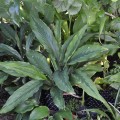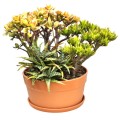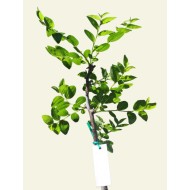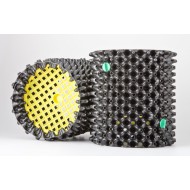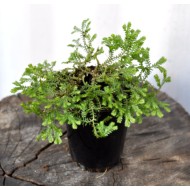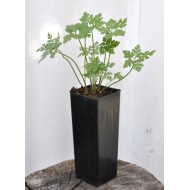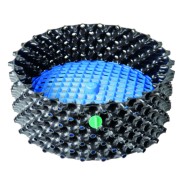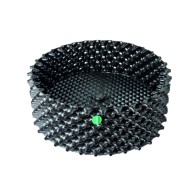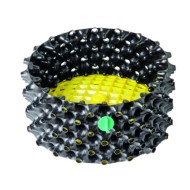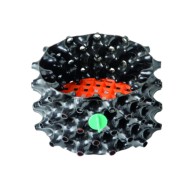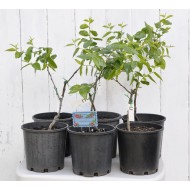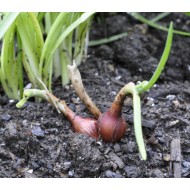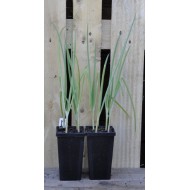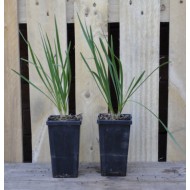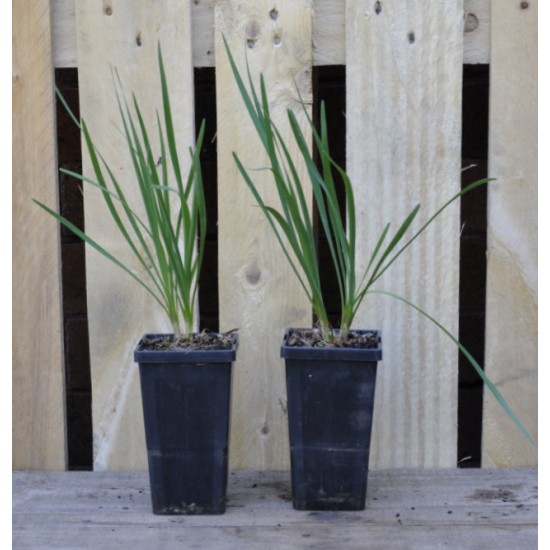
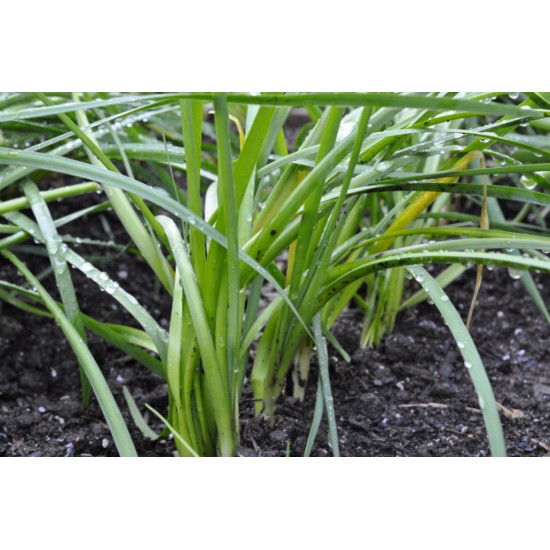
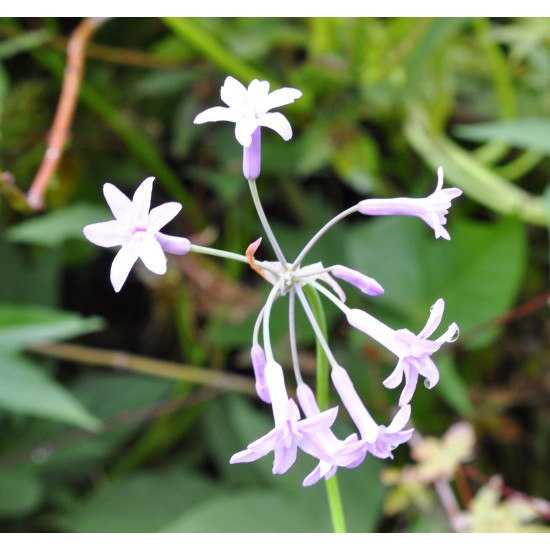



- Stock: In Stock
- Model: society-garlic-90mm-bottomless-pot
Family: Amaryllidaceae (includes Amaryllis, Agapanthus, Clivia and Scadoxus)
Genus: Tulbaghia (includes several wild garlic species of southern Africa)
Botanical/Binomial Name: Tulbaghia violacea
Meaning of Name:
Tulbaghia, for Ryk Tulbagh (1699–1771), one time governor of The Cape of Good Hope; and
violacea, from Latin violacea (feminine form of violaceus, ‘purplish, violet’): purple flowers
Common Names: Society Garlic, Pink Agapanthus
Botanical Characteristics: Herbaceous | Perennial | Evergreen
Propagation: Division of clumps in autumn or spring (preferred) | Seed (slower to mature)
Item Description:
Dimensions of the bottomless pot are 90 mm square × 150 mm deep. The square shape and bottomless design produces beautifully straight and deep roots with no spiralling whatsoever. This gives these young plants every advantage once planted out.
Plant Description:
A hardy, readily-clumping and attractive plant to about 300 mm high, with a mauve/lilac agapanthus-like inflorescence protruding another 300 mm again — and indeed, a border of these plants in flower is reminescent of a miniature agapanthus bed!
The name ‘society’ garlic comes from it not producing the bad breath garlic is known for, and the strappy leaves with their strong garlicky smell and taste make an excellent garlic chive substitute.
The flowers are also edible, and add interest as a garnish or as colour in a salad. The roots are also said to be edible, but I have never eaten them myself as I use society garlic as a ‘cut and come again’ leafy greens plant only.
Growing Information:
Society garlic does best in full sun and well-drained soil. It is native to South Africa and thus grows well in a similar climate, being heat and drought tolerant, and able to handle light frosts. It is best to protect the main rhizome with mulch during the colder months.
Society garlic does well as a container plant or border plant. In fact, a pot which can be brought indoors is all that is needed for someone in colder climates to also enjoy this tasty plant through winter!
Maintain plant vigour every two or three years by uprooting each clump in spring or autumn, trimming the tops and roots, then dividing each clump to plant anew.
Local pick-up is welcome — we’re in Gwynneville, near Wollongong University.
Pick-up is by mutual arrangement please, as we don’t have a shopfront.
Having said that, we are always here and more often than not can easily fit in with whichever day and time suits you best!
Feel free to suggest preferred pick-up time(s) in the comments box during checkout and we’ll reply as soon as we see the notification.
Especial Note Regarding Large Air-Pot® Orders
Depending on the order, we may suggest that large Air-Pot® orders are best sent directly to you from the warehouse.
Especial Note Regarding Jujube Trees
When posting out bare-rooted jujube trees, we routinely trim them to fit the box and keep postage costs to a minimum. These trees are typically knee-high when planted out, though some may be smaller.
This of course doesn’t apply for pick-ups, and in fact we will set aside the tallest trees specifically for this purpose. These trees can often be hip-high, and sometimes taller again.
Please note that this is not a guarantee, as heights of different cultivars can differ from year to year.



